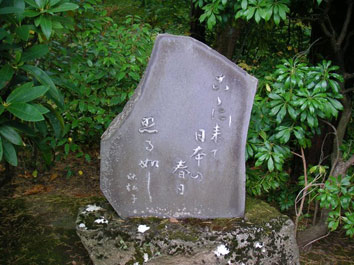

Haiku is rooted in nature and the world of our senses.
Haiku is the most popular Eastern poetic form in the world, as well as the form most frequently utilized in the West. Deriving from phonetically precise Japanese court poetics dating back to the 8th century, and immortalized as a form by master poet Matsuo Basho, haiku is rooted in nature and the world of our senses, suggesting a greater depth through pinpoint observation of moments and specific movements.
Haiku’s simple three-line, 17-syllable structure enables poets of all abilities to test their mettle, but it usually takes years – and the patience of a still eye – to master the form. Many millions of haiku have been written through the centuries, including a plethora by America’s Beat poets, who popularized the form in U.S. universities and poetry circles. Today, haiku societies exist in Japan, the United States, virtually all English-speaking countries, Germany, Sweden, France, The Netherlands, the Balkan countries, and Russia.
| Rhyme: | There is no set rhyme scheme |
| Structure: | Three lines – five syllables, seven syllables, five syllables |
| Measure/Beat: | Haiku uses the "on," a phonetic unit similar but not identical to syllables. Thus, traditional Japanese haiku measures itself as five "on," seven "on," and five "on" in its three lines. |
| Common Themes: | Nature, spiritual longing or loneliness, specific moments |
| Other Notes: |

